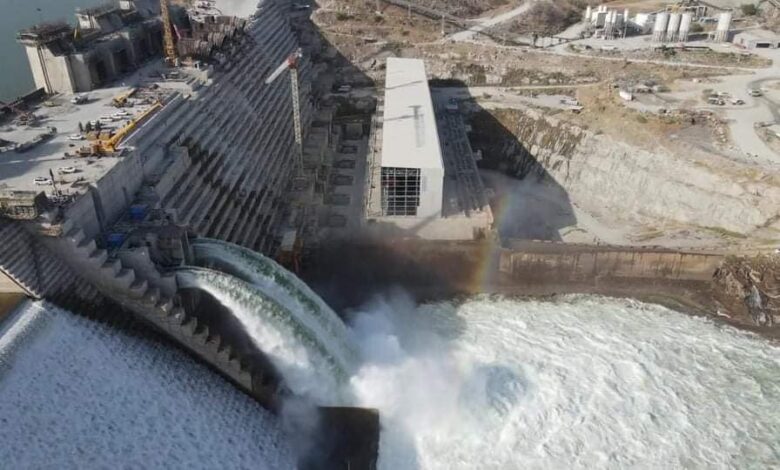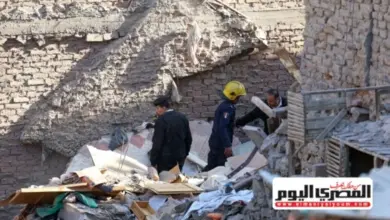
Professor of Geology and Water Resources at Cairo University Abbas Sharaky said that the Grand Ethiopian Renaissance Dam (GERD) reached its full storage level of 60 billion cubic meters of water on Sunday, at a level of 638 meters.
In a post on his Facebook account on Sunday, he explained that the water reached this level in the GERD lake upon the completion of the first filling on September 5, 2024.
After that, Ethiopia opened three gates to release excess water until they were completely closed on December 24, 2024.
The GERD’s reservoir level dropped by only five billion cubic meters over a 10-month period (September 2024 – July 2025), while the power generation turbines were supposed to consume at least 30 billion cubic meters if operating at 50 percent efficiency.
However, the reservoir level remained unchanged until the onset of the rains on July 1, and then returned to full storage on Sunday.
“The inefficient operation of the turbines required a gradual release of water starting in April, but the gates were not opened to prevent the public from discovering that the turbines were not operating efficiently and remained closed,” the professor noted.
He said that, “Two gates of the upper spillway must be opened to maintain the actual storage of 60 billion cubic meters, even though the lake can hold an additional four billion cubic meters at a level of 640 meters, the level of the middle spillway.”
The Egyptian expert did not rule out the possibility that Ethiopia would continue to store water until it reaches the middle spillway level.
In this case, the filling would be complete by the end of this month, given that the average flow in the coming days will range between 350 and 400 million m3/day.
Sharaky emphasized that Sudanese dams do not store water at the beginning of the season and their gates are currently open. Water was expected to be released from GERD starting on Sunday, if the spillway gates are opened, or from the top of the middle spillway on July 31.
He added that, “In any case, the High Dam is ready to receive floodwater.”




